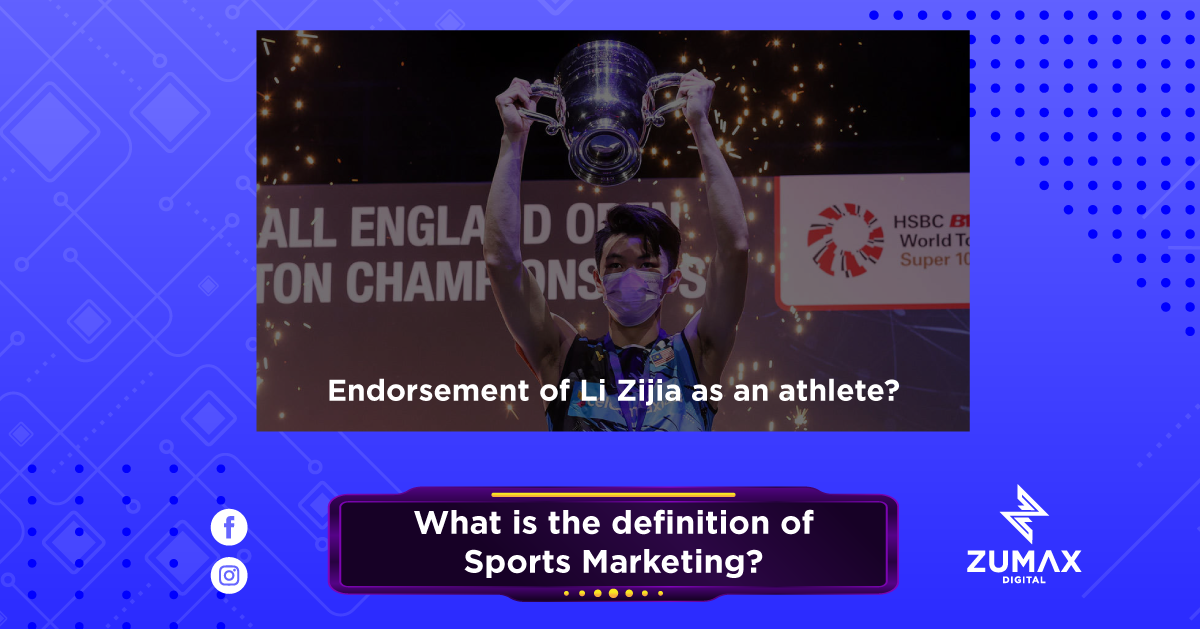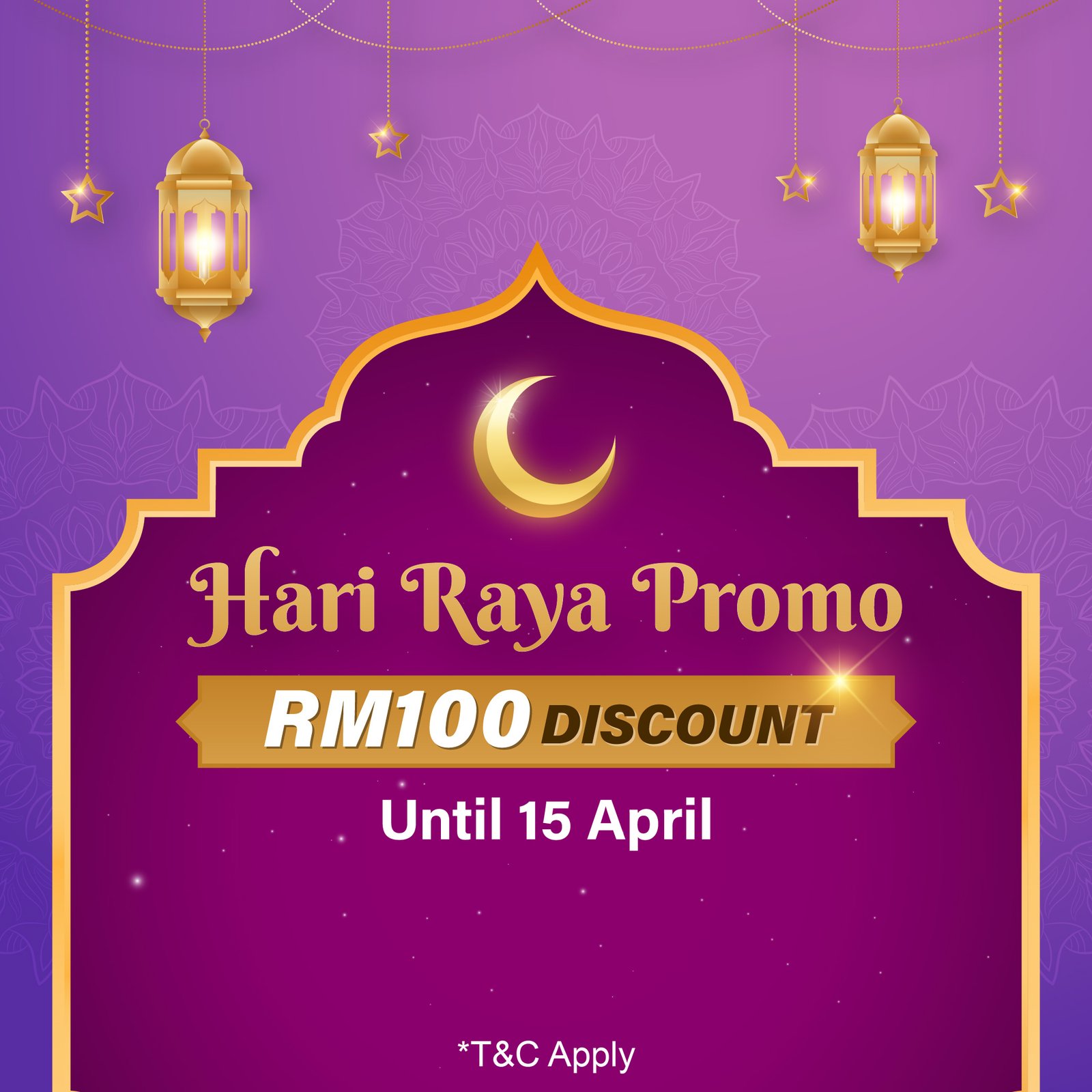After the Olympics, Lee Zii Jia has not won any medals but his popularity has increased significantly. Because he is the number one men’s single in badminton in Malaysia, he is considered to be the closest player to Dato Lee Chong Wei and is expected to win the first gold medal for Malaysia in the future.
Due to the rise in popularity, not only the major radio station or media began to grasp this opportunity, and often invited and arranged time to visit him. Therefore, he became the first sports player in Malaysia in the era of traffic! Of course, the most important thing is that many businesses, sponsorship start to look for him to endorse various brands such as OppoReno 6, Phiten Malaysia, LGPuriCare and so on.
In this age of lead, this also proves that sports marketing is beginning to strike! Future sports athletes are ushering in a small climax of commercial endorsements.
For brand owners to achieve a “matching match” with sports athletes, and to complement the commercial value of sports athletes with brand influence, two major matches + two integrations are needed to find the best cooperation point between brand owners and sports athletes.
First, Think about why
- The match between the athlete’s personal characteristics and the brand’s products and services:
What do you think of when you think of Lee Zi Jia?
- The first badminton men’s singles in Malaysia after Li Zongwei, constantly breaking his own record in other badminton events.
When you think of Oppo, what do you think of?
- The fastest charging mobile phone that enters Malaysia from China and has a good-looking camera. In terms of numbers alone, Lee Zi Jia and Oppo dominate in their respective fields; behind these numbers, the two have similar spiritual temperaments.
Moreover, brand owners need to understand the first impression of your product in the minds of consumers, and what kind of products to provide consumers, in order to accurately find athletes who are suitable for product endorsements.
- After all, the best results and the most popular ones in the market may not be the best.
- The most suitable ones are what you really need.
- Brand owners are not solely dependent on the current high popularity of athletes, but focus on the athletes’ performance improvement space (this time only entered the top 16 and will be placed in high hopes in the next Olympic Games).
- The common progress of both parties is to add value to the brand.
Second, Figure out how to do it
- Athletes compete to evaluate their performance and continually improve their competitive level; contests serve as a springboard for businesses to conduct sports marketing.
- The performance of signed athletes in competition provides many firms with an excellent chance to increase their brand influence.
Throughout the competition, the organisation combines marketing resources and forms strong bonds with the players in order to maximise their visibility both on and off the field.
- Athletes as spokespersons enable customers to shift their focus away from the competition and onto the brand, therefore capturing the competition’s commercial benefits.
- For example, Lee Zi Jia also participated in the Sudirman Cup, Tangyou Cup, Danish Open and other badminton tournaments after the Olympic, and there were also highlight moments like breaking Li Zongwei’s record.
- During the event, his social media also released videos of the brands he endorsed, so he successfully bundled Lee Zi Jia’s personal highlight moments with major brands!
Conclusion
- Finally, there is at least one condition in the adult realm of sports commercialization. At the height of competitiveness, sportsmen might discover a way to commercialization and present themselves as calm and natural to the market; they can also establish a technical centre at their place of employment upon retirement.
- Longevity, a footing, and a decent and happy existence are the unmatched values of athlete endorsements on the path of Malaysian sports commercialization.





